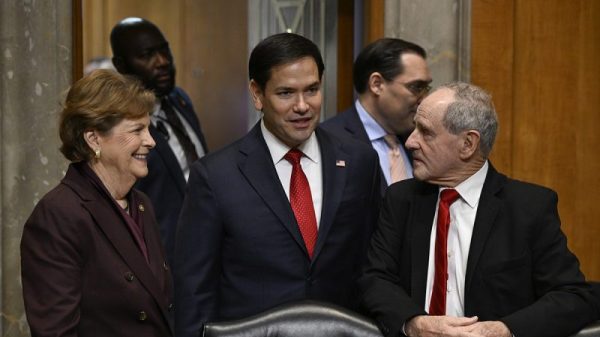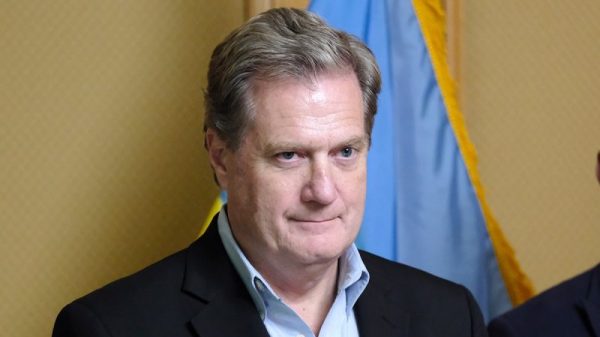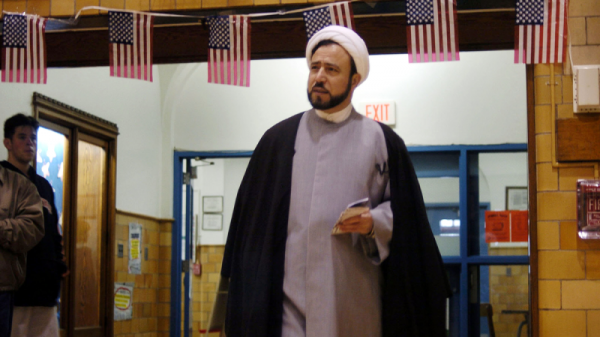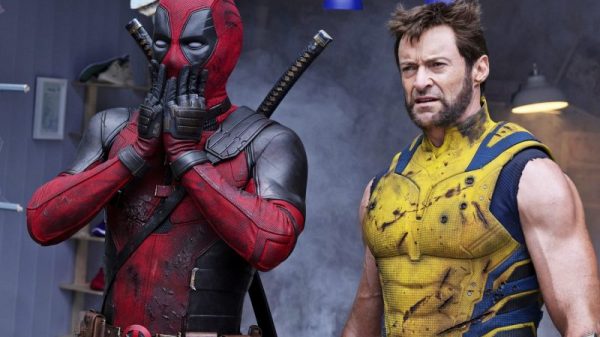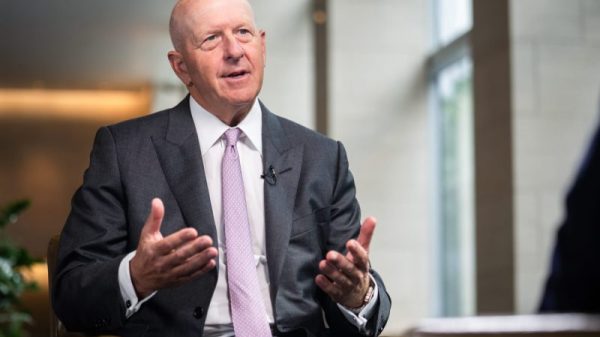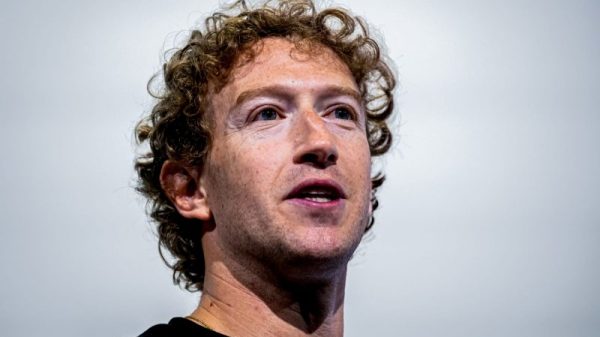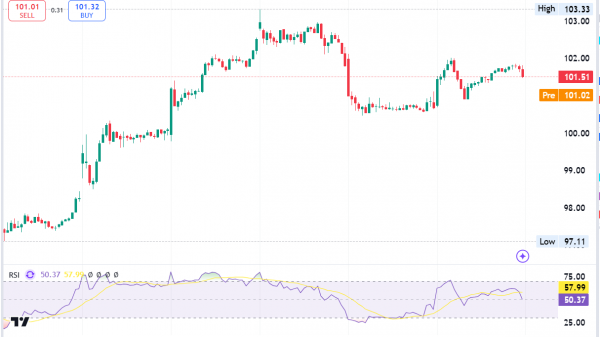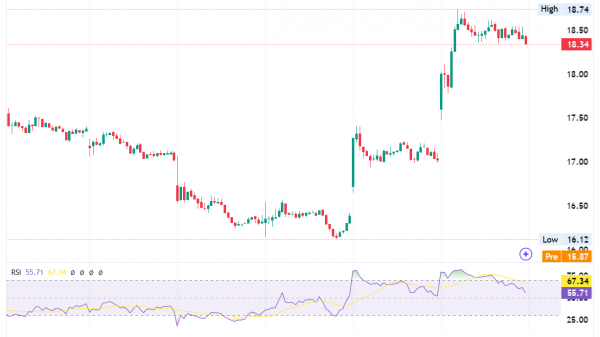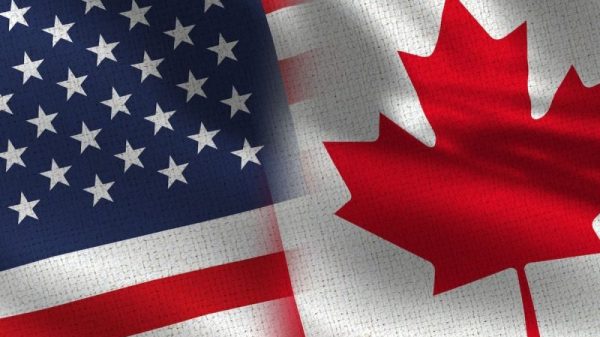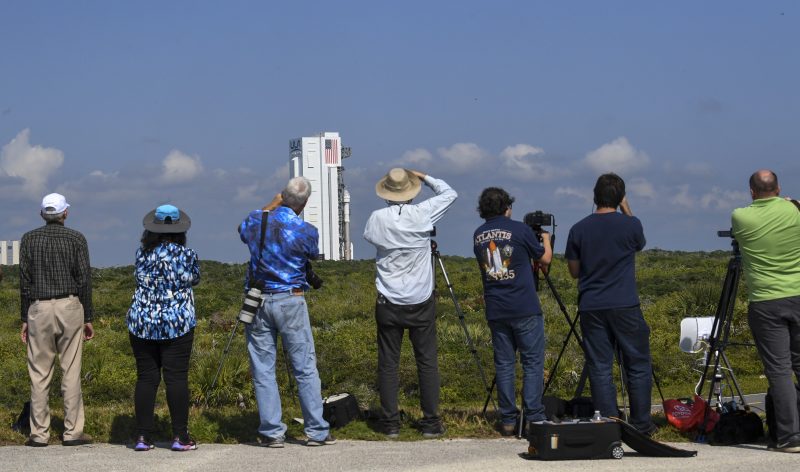Boeing had big plans for its new space capsule, even before it won a $4.2 billion contract in 2014 to develop a spacecraft for NASA to fly astronauts to the International Space Station. If space were indeed going to open to the masses, as many at the time were predicting, Boeing wanted to position itself as the premier spacecraft provider, the way it had with commercial airliners.
Nearly a decade later, those dreams have crumbled. Not a single person has flown Boeing’s spacecraft to space. No one has booked a private flight. The company has had to absorb about $1.4 billion in cost overruns, and NASA’s safety advisers have called for an independent review of the program. Meanwhile, SpaceX, which received a contract at the same time Boeing did, but for nearly 40 percent less money, has flown eight missions to the ISS for NASA, as well as additional private astronaut crews.
What went wrong? How could one of the world’s most legendary aerospace companies fail so miserably in its race with Elon Musk’s SpaceX and still be on the ground when its competitor has been launching astronauts to the space station since 2020? One top NASA official called Boeing’s inability to get its CST-100 Starliner capsule into regular use an “existential” challenge.
Some NASA officials think one cause may be the way the commercial crew program was set up — a fixed-price contract after years of cost-plus ones that allowed contractors to pass to NASA any excess expenses they encountered in developing the project.
“That commercial model is not exactly the way Boeing was structured,” NASA Deputy Administrator Pam Melroy said in an interview. “So, they’ve had to work through that and make sure that they’re resourcing it, and, you know, it’s tough. You’ve got to put a lot of skin in the game. That’s not the way they’ve been structured from the beginning.”
But NASA, which desperately wants Boeing to start flying so that it doesn’t have to rely solely on SpaceX, is hesitant to criticize Boeing.
“They’ve been great partners,” Melroy said. “They’re committed. They recognize it’s existential.”
John Shannon, who in December was appointed vice president of Boeing Exploration Systems, which has oversight of Starliner and the company’s space programs, said in an interview that despite the enormous costs, the company will not abandon the program — though he acknowledged that the $1.4 billion Boeing has had to eat on the program has been a major hurdle.
“For a government contract like that you just never see that kind of investment,” he said. “And trying to take the very top level view of it, it’s important, I think, to the country to have an American capability to fly crew. SpaceX is doing that now. We’ll be the second one.”
But asked whether Boeing plans to continue with the program long-term, he suggested that was in doubt. “It’s a great question. And I wish I had the answer to it right now,” he said.
The concern, he said, is that the private market for space travel is uncertain and plans for commercial space stations that would provide a need for regular launches have yet to materialize, even though NASA has started to invest in those and Boeing is a partner with Blue Origin and Sierra Space on one.
“They’re just not at a level of maturity where I can write them into any kind of a business case and say that yeah, this is something that’s going to kind of get us over the hump,” he said.
He added: “Probably the biggest challenge I have is defining how do I make this into a positive business case, given the market conditions as we see them right now.”
SpaceX, however, appears to have made a case that flying successfully can be good business. Since the original NASA contract, it’s won another, for five more missions to the space station, valued at more than $1.4 billion. It also has flown an all-private citizen trip to orbit that was financed by billionaire entrepreneur Jared Isaacman, who has chartered three more flights. SpaceX has also flown civilians to the ISS on missions chartered by Axiom, a Houston-based company.
Whatever the market conditions, though, many of Boeing’s problems are self-inflicted.
Over the years, the program has faced repeated delays, and technical challenges that have ranged from severe software errors to corroded valves. Earlier this year, Boeing delayed yet again what had been a hoped-for launch in July when it discovered problems with the design of the capsule’s parachute system and found that tape inside the craft was flammable.
Now, the flight isn’t scheduled until sometime next year — at the earliest. For Boeing, getting Starliner off the ground is now about more than flying — it is about whether the company can be relied upon to deliver on programs that are vital to the national interest.
The Starliner program had problems from the start.
In an effort to consolidate some of its major aerospace programs, Boeing in 2015 created a new division to oversee their development from concept to reality. Under the leadership of a senior executive, it brought together engineers from across the company, from commercial aviation, defense and space, to “more effectively apply engineering expertise, development program best practices, and program management and integration from across Boeing to our most important development activities,” the company said in a statement at the time.
Suddenly, the KC-46 aerial refueling tanker it was building for the Pentagon was lumped alongside the 777X commercial airplane, as well as the Space Launch System rocket and Starliner spacecraft it was developing for NASA. But instead of driving efficiencies, it created problems, according to industry officials familiar with the matter who were not authorized to speak publicly. The commercial airplanes designed to roll off the production line with some frequency had little in common with military aircraft designed for combat and even less with rockets and spacecraft, which would be built at a far slower cadence.
In a briefing in June, Mark Nappi, the third Boeing executive to lead the Starliner program, said some of the spacecraft’s problems stemmed from its early development days.
“It can be questionable — should we be catching these types of things this late?” he said. “And that might be because there was a certain sense of optimism when some of the designs were done. Some of the processes were created many years ago. And they led to some of these things kind of creeping their way through the system.”
Shannon pushed back on the idea that putting together different programs under one division was a mistake. Under the division, the programs could “work out all our engineering schedules to make sure that we weren’t stepping all over each other,” he said. “And if we were off in our individual divisions, trying to do it separately, we wouldn’t have had that communication. We’re also able to take engineering talent and flow it between the programs as it was needed.”
Even so, the problems with Starliner quickly mounted.
During a test of the Starliner’s abort engines in 2018, it suffered a propellant leak. The following year, only two of its three main parachutes deployed during a test because workers simply failed to attach one of the smaller, lead chutes to the main parachute.
The problems only continued — a list of severe errors and mishaps that compounded just as the company was also dealing with the fallout of the 737 Max disasters, two plane crashes in the space of five months in 2018 and 2019 that killed a total of 346 people.
In December 2019, Starliner was successfully launched to orbit during a test flight without any astronauts on board. But as soon as it was on its own, Starliner started behaving erratically, forcing ground controllers to scramble. The problem: The spacecraft’s onboard computers were 11 hours off, so the spacecraft was executing commands for a far different part of the mission. While dealing with that problem, ground controllers discovered another one that they feared could cause the service and crew modules of the spacecraft to collide upon separation.
Afterward, NASA officials were unusually blunt about the severity of the problems.
“We could have lost the spacecraft twice during this mission,” said Douglas Loverro, who was then NASA’s associate administrator for human exploration and mission operations. “So this was a close call.”
Over the next year, Boeing set out to fix its software, poring over all 1 million lines of code. A year and a half later, by the summer of 2021, it said it was ready to redo the test flight to the space station without astronauts on board. By then, SpaceX already had flown three astronaut missions to the station. Boeing was eager to catch up, but Starliner couldn’t get off the launchpad.
This time the culprit was not software but several stuck valves in the capsule’s service module. Another problem, another months long delay. In May 2022, Boeing finally did successfully fly Starliner to the space station. It was able to dock, then return home a few days later, landing under parachutes in the New Mexico desert, though still without astronauts
Earlier this year, Boeing said it was finally ready to attempt to launch the Crewed Test Flight (CTF) with two NASA astronauts on board, Sunita Williams and Barry “Butch” Wilmore, the same mission SpaceX had flown in 2020.
Then, in June, the company announced it had discovered more problems, this time with the parachutes and the flammable tape. It would have to stand down again.
When Shannon was given oversight of Boeing’s space programs, including Starliner, he did a top-down review of the program.
“I could come in with a fresh pair of eyes,” he said. “We came in to make sure that we really understood systemically from the foundation up, was the program grounded well? We did a really detailed engineering review with the entire team.”
The result: “We didn’t find really anything. I think the issues we’ve had, while frustrating, come with the territory of trying to develop a system that is as complicated as a crewed space vehicle.”
He said the company was not going to rush or do anything to compromise safety. “There is no more sacred responsibility you have than keeping a spaceflight crew safe,” he said. “And that really drives a level of conservatism that I am very careful to make sure that I am constantly maintaining.”
NASA purposefully awarded two contracts in case one provider faltered, and the value of that strategy is now evident. If SpaceX had not been successful, NASA would still be relying on Russia to get its astronauts to the space station, as it did during the years after the space shuttle was retired and SpaceX started flying.
The space agency “desperately needs a second provider for crew transportation,” Steve Stich, NASA’s commercial crew program manager, told reporters in June. “Our ultimate goal is to have one SpaceX and one Boeing flight per year to rotate our crews to station. And so we support Boeing, and we’re doing everything we can during the investigation of each of these issues and trying to get to the flight as soon as we can.”
Initially, Boeing was considered the favorite to dominate even though Elon Musk’s upstart company was already delivering cargo and supplies to the space station on its Falcon 9 rocket and Dragon spacecraft. But flying astronauts was an altogether more difficult task, one more suited, many thought, for a company like Boeing with a long heritage in space that dated to the Apollo era. And SpaceX had struggled as well. In 2015, one of SpaceX’s rockets exploded while flying supplies to the ISS. Then another blew up on the launchpad during an engine test in 2016.
But in 2020, SpaceX successfully flew a test mission to the station with astronauts. And the company has been flying crews ever since, both NASA astronauts and private citizens.
“There is pride to it, and Boeing has a long history in human spaceflight programs,” said Todd Harrison, a nonresident senior associate at the Center for Strategic and International Studies, a Washington think tank. “If they were to throw in the towel on Starliner, they would be walking away from that history and basically ceding it to the new space companies.”

